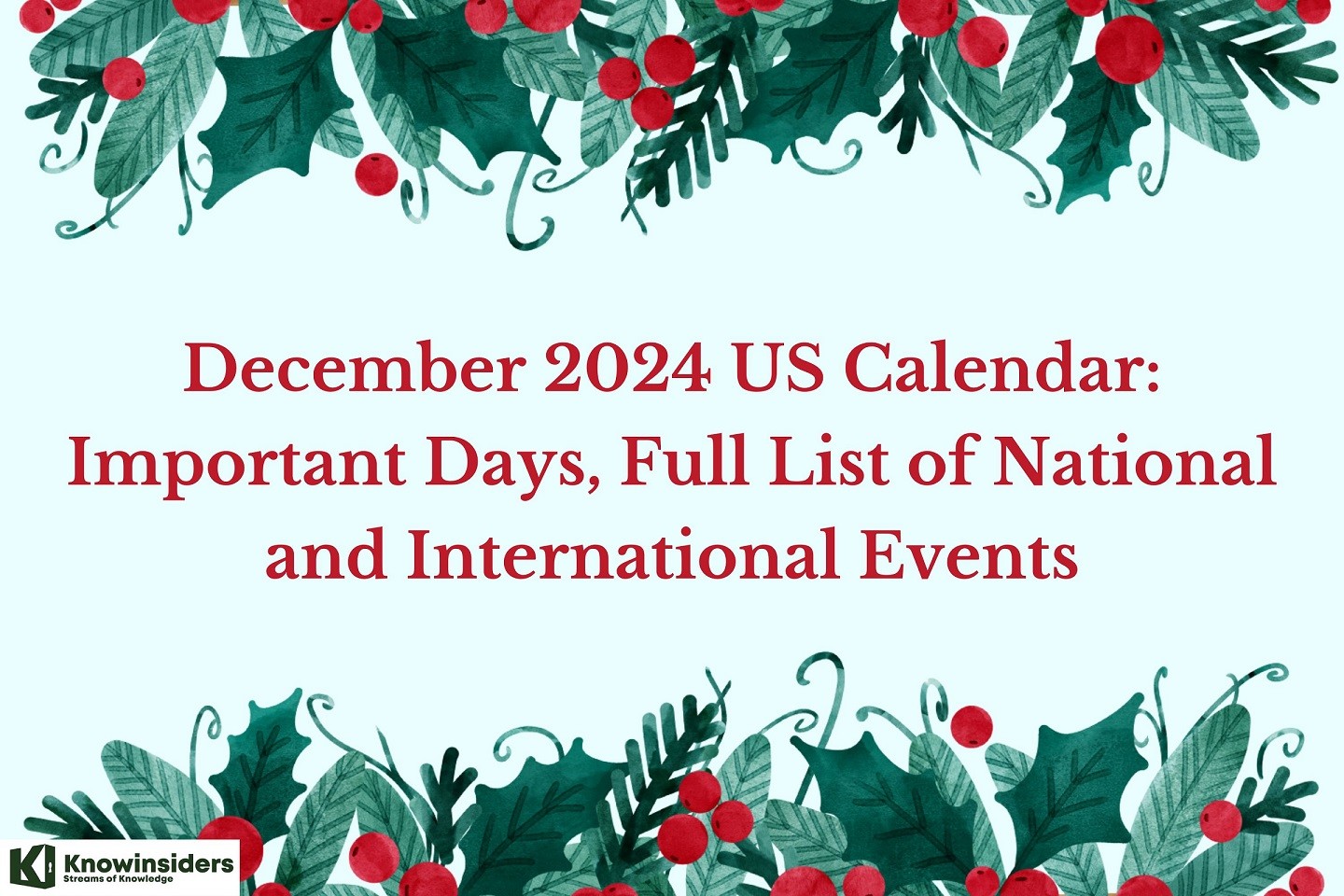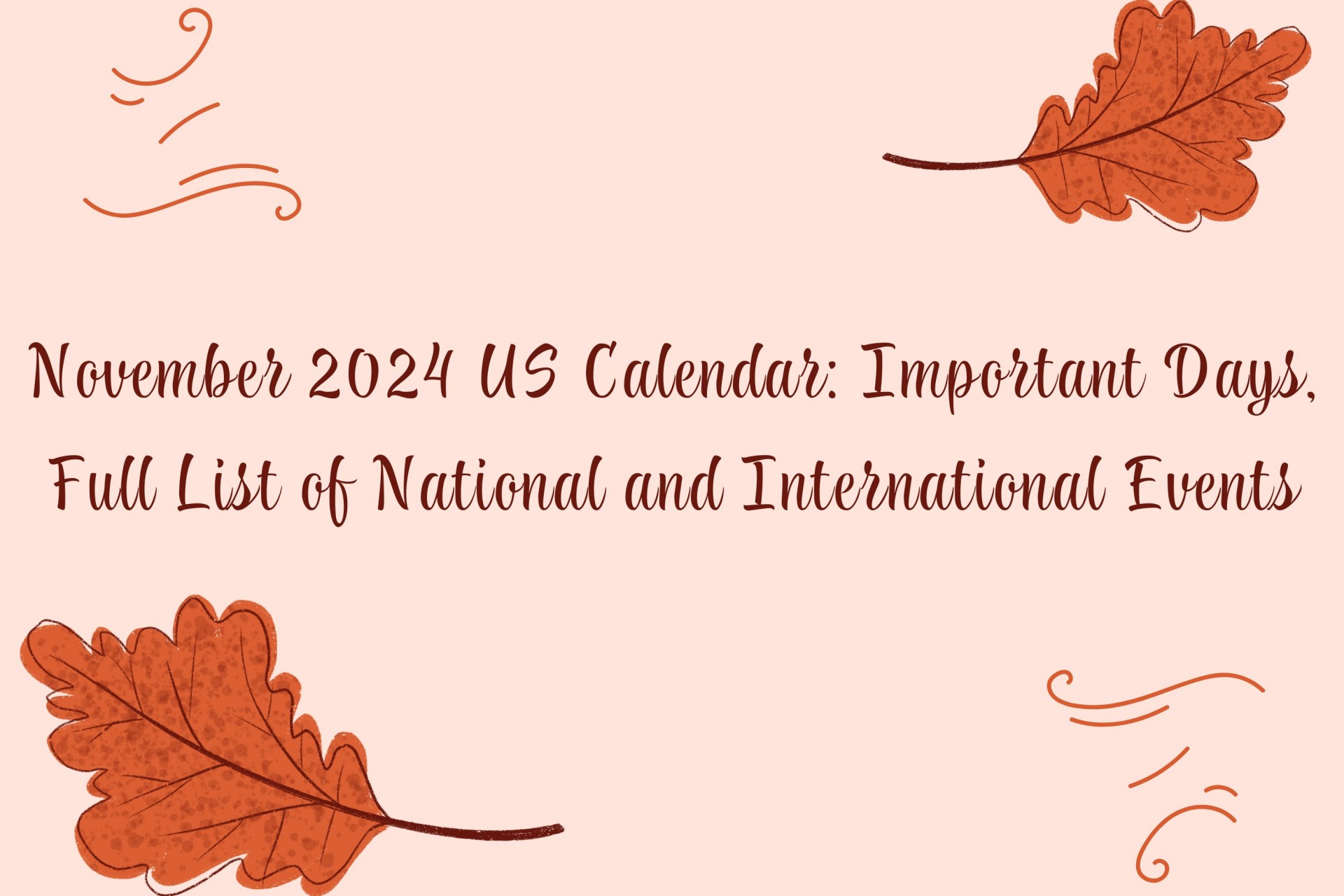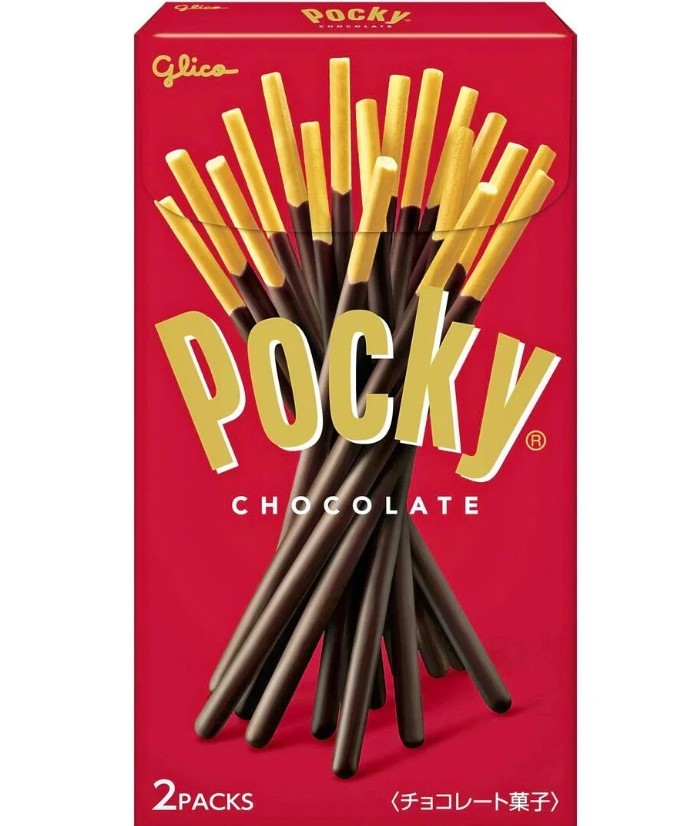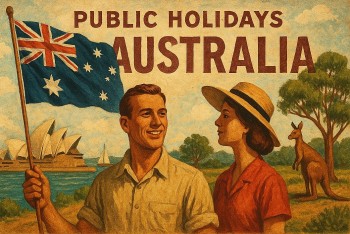The Quiet Rise of December Craft Fairs: How Local Makers Are Reshaping Holiday Traditions in the United States
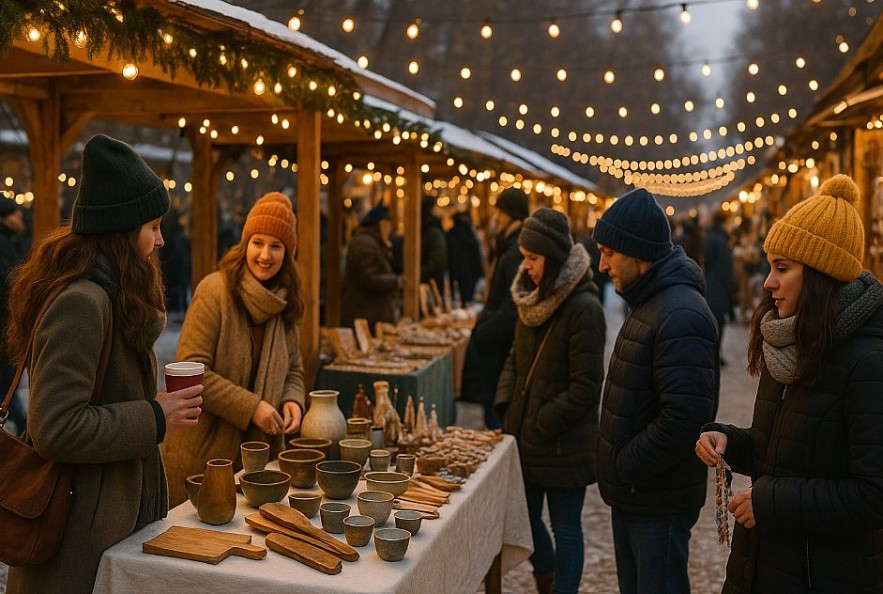 |
| Winter Craft Market Scene |
Each December, the United States falls into its familiar rhythm. Retail lines grow longer. Delivery trucks fill suburban streets. Holiday ads repeat themselves until they blend into a single loop of red packaging, limited edition flavors, and corporate cheer. The pattern is predictable. It has been for decades. Yet the country is quietly experiencing a different kind of December tradition, one that rises not from commercial giants but from gymnasiums, church basements, converted warehouses, city parks, and small town main streets.
December craft fairs have become one of the fastest growing holiday trends, although few national outlets have taken them seriously. They are small, often temporary, and hyper local. Many appear only for a weekend or even a single afternoon. Their scale makes them easy to overlook. But their cultural weight is growing fast. These fairs are rewriting the meaning of holiday gifting, reshaping local economies, and giving Americans a sense of holiday belonging that feels stronger than anything mass retail can produce.
The rise of December craft fairs is not just a story about handmade goods. It is a story about identity, community, and a country searching for authenticity at a moment when the holidays often feel rushed and hollow.
The Shift Toward Slow Gifting
Slow gifting has become a quiet counter movement to holiday consumerism. The idea is simple. Instead of buying as much as possible at the lowest price, people focus on gifts that carry meaning, craft, and personal effort. It is a rejection of the speed that defines modern shopping habits.
December craft fairs sit at the center of this shift. A hand carved spoon or ceramic cup feels different in the hand. It carries small imperfections that prove it was shaped by a person rather than a factory. Shoppers hold these items longer. They talk to the makers. They ask where the wood came from or how long the glaze took to set. The transaction becomes a conversation. It becomes a moment.
In a season built on hurried checklists, slow gifting offers relief. The holidays feel slightly less like an obligation and more like an exchange of care. This emotional quality explains why many Americans, especially younger ones, have turned away from mass produced gifts. They want the gift to feel like a story, not a SKU number.
Search data supports this shift. Queries for handmade gifts, local artisan holiday markets, and unique December crafts have risen every year since the pandemic. The trend showed up first among millennials, but Gen Z has pushed it forward with even greater intensity. For younger shoppers, the appeal is not nostalgia for a simpler time. It is a desire for human connection in a digital world that increasingly automates everything. A handmade object functions as a small protest against that automation.
A Holiday Gathering That Feels Human
The craft fair atmosphere stands in sharp contrast to typical December chaos. There is no loud music, no aggressive sale signs, and no frantic rush. Instead, there is conversation. There are displays arranged with intention rather than uniformity. There are warm drinks, soft lighting, children wandering between tables, and makers who look up rather than stare at screens.
In a moment when loneliness has risen across generations, these small gatherings offer something surprisingly rare: proximity. People talk to each other. They linger. They ask makers about their creative process. They ask strangers whether a piece of jewelry suits their partner. For a few hours, everyone becomes part of a shared space where no one is pushed to buy and leave.
This is why craft fairs have become not only shopping events but winter social rituals. Parents use them as weekend outings. Fifteen years ago, this was far less common. The holiday season revolved around malls and online deals. Today, the mall feels transactional while the craft fair feels communal. The difference may seem minor, but culturally it matters.
These fairs offer forms of holiday joy that do not require heavy spending. They offer seasonal spirit without polished spectacle. The simplicity is part of the appeal. In many places, the craft fair is the one December event where people feel they can slow their pace without falling behind.
Cultural Representation Hidden in Plain Sight
One of the most overlooked aspects of December craft fairs is their multicultural depth. The US is filled with communities whose holiday traditions rarely reach mainstream media. Craft makers bring these traditions to public view in ways that feel organic rather than curated for cultural showcases.
In the Southwest, Indigenous artists sell beaded earrings, pottery with centuries-old patterns, and textiles rooted in tribal history. In the Midwest, Scandinavian woodworking traditions live on through hand carved ornaments and woven straw goats. Hmong artisans bring embroidered patterns with symbolic shapes that date back generations. Caribbean makers sell hand dyed fabrics and winter spices used in holiday dishes.
These items tell stories that extend far beyond their materials. They reveal migration paths, religious identities, local histories, and ancestral knowledge. A visitor may not realize they are learning. They simply feel the weight of a tradition expressed through an object made by hand.
For many communities, craft fairs are the only accessible way to share heritage during the holiday season. Large cultural festivals often require months of planning and significant funding, but a table at a winter market is affordable. This accessibility helps preserve cultural identity and gives Americans a richer understanding of what December can look like.
The New Entrepreneurial Launchpad
If December craft fairs were only cultural events, their rise would be interesting but limited. Instead, they have become one of the most efficient entry points for small businesses in the United States. Makers who cannot afford a storefront or who are still testing product ideas find that craft fairs act as real time focus groups.
A ceramics artist sees which glazes sell quickly. A soap maker learns which scents resonate. A woodworker discovers that small functional items outsell decorative pieces. These observations shape product lines, branding, and pricing long before an online store launches.
Some of today’s well known handmade brands began in December markets. The craft fair becomes their first test, their first revenue stream, their first audience. It is entrepreneurship without debt or heavy risk.
For shoppers, this entrepreneurial energy translates into excitement. The objects they buy feel like early access. They can say they discovered a maker before the world did. That feeling cannot be replicated by any big box retailer.
Local Economies See the Impact
The economic footprint of December craft fairs is larger than it appears. These events bring foot traffic to downtown areas that normally struggle after the fall rush. They push visitors into coffee shops, bakeries, and restaurants. They create temporary jobs for event staff, design teams, pop up vendors, and local musicians.
In small towns, the financial boost can be significant. A weekend craft fair may bring hundreds of visitors from nearby counties. A simple space like a school gym can turn into a seasonal economic engine.
The money stays local. Instead of flowing to multinational companies, it supports artisans who live nearby. It strengthens community networks that carry forward beyond the holiday season.
Craft Tourism: The Trend Few Predicted
Holiday tourism usually brings to mind cities like New York, Chicago, or Boston. People travel to see lights, theater shows, and large markets influenced by European traditions. But craft tourism has grown in smaller cities and towns.
Asheville draws travelers seeking Appalachian craftsmanship and pottery. Portland attracts visitors looking for eco friendly goods. Santa Fe’s winter craft scene brings those interested in Native art. Travelers plan December weekends around these fairs, choosing locations that feel warm, creative, and walkable.
The trend aligns with a broader desire for unique travel experiences that do not rely on crowded attractions. Travelers want to return home with something meaningful that reflects the place they visited. A handmade item captures that better than any souvenir mass produced overseas.
Why This Trend Has Staying Power
December craft fairs are not a temporary reaction to the pandemic or economic uncertainty. They reflect deeper cultural shifts.
• People want authenticity. Mass retail cannot provide it.
• People want human connection. Craft fairs make it easy.
• People want culture, not noise. These fairs give them access.
• People want gifts with meaning. Handmade goods offer that meaning.
• People want to shop ethically when they can. Supporting local makers feels right.
• People want belonging. Small winter events give them space to feel part of something.
These motivations show no sign of fading in 2025. If anything, they are intensifying.
The Emotional Core of the Movement
At its heart, the rise of December craft fairs is not about crafts. It is about the search for a holiday season that feels honest. Americans have spent decades moving through winter in a blur of advertisements, sales, and cultural pressure. The craft fair disrupts that cycle.
It brings the holiday season back to a simple idea: people making things for each other. That idea carries emotional weight in a world where so much feels automated. It makes the holidays personal again.
Conclusion
December craft fairs may look small from the outside. They do not generate national headlines or corporate sponsorships. But their influence runs deeper than many people realize. They shape how Americans spend money, how they build community, how they preserve culture, and how they express care during the most sentimental month of the year.
Their rise signals a larger shift in American holiday culture. People want to feel something real. They want the season to mean something. Craft fairs provide that meaning with no grand production, no elaborate marketing, and no corporate strategy. Just human hands shaping simple objects that carry stories.
In a country that often feels divided, the craft fair becomes a rare space where people move slowly, talk to each other, and share small moments of joy. That may be why this trend will not only continue but grow. Americans are not just buying handmade goods. They are choosing a different kind of December.
 What is December Solstice: Dates, Causes, and Fun Facts What is December Solstice: Dates, Causes, and Fun Facts There are two solstices every year: one in December and one in June. The December solstice marks the shortest day north of the equator and ... |
 The December Black Moon: A Rare Astronomical Phenomenon The December Black Moon: A Rare Astronomical Phenomenon The celestial dance of the moon has always captivated humanity, inspiring myths, scientific inquiries, and artistic expression. On December 30, 2024, an extraordinary event in ... |
 December 2025 U.S. Visa Bulletin: What Indian Applicants in EB-1 & EB-2 Need to Know December 2025 U.S. Visa Bulletin: What Indian Applicants in EB-1 & EB-2 Need to Know The December US Visa Bulletin offers fresh movement for Indian applicants in EB-1 and EB-2. Cut-off dates inch forward, giving some long-waiting professionals a clearer ... |
 The Luckiest Days for Every Zodiac Sign in December 2025: Astrologer Reveals The Luckiest Days for Every Zodiac Sign in December 2025: Astrologer Reveals December 2025 carries a clear shift in energy. The year’s final month arrives with bold planetary movements, brighter opportunities, and a strong emotional reset after ... |


